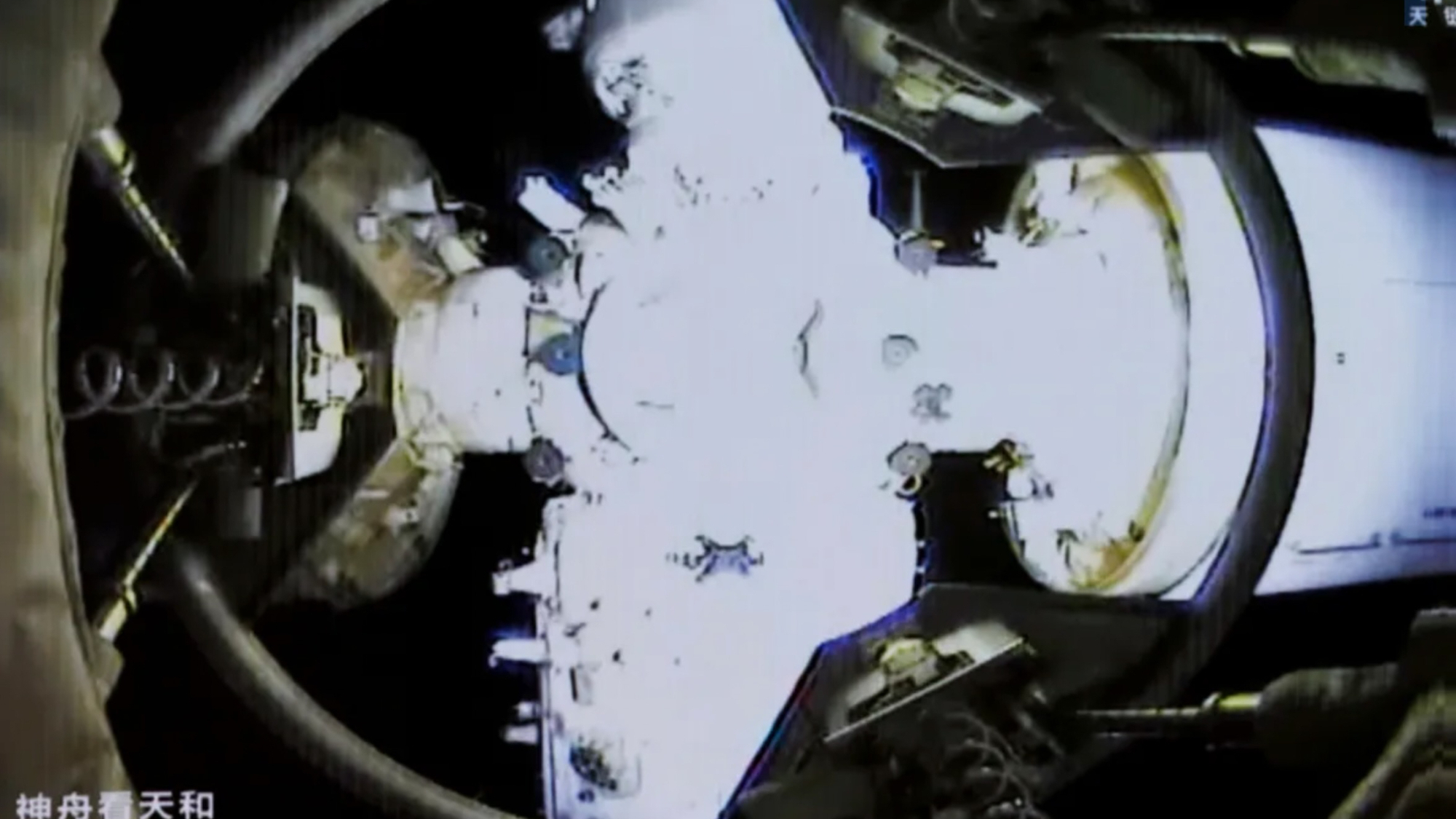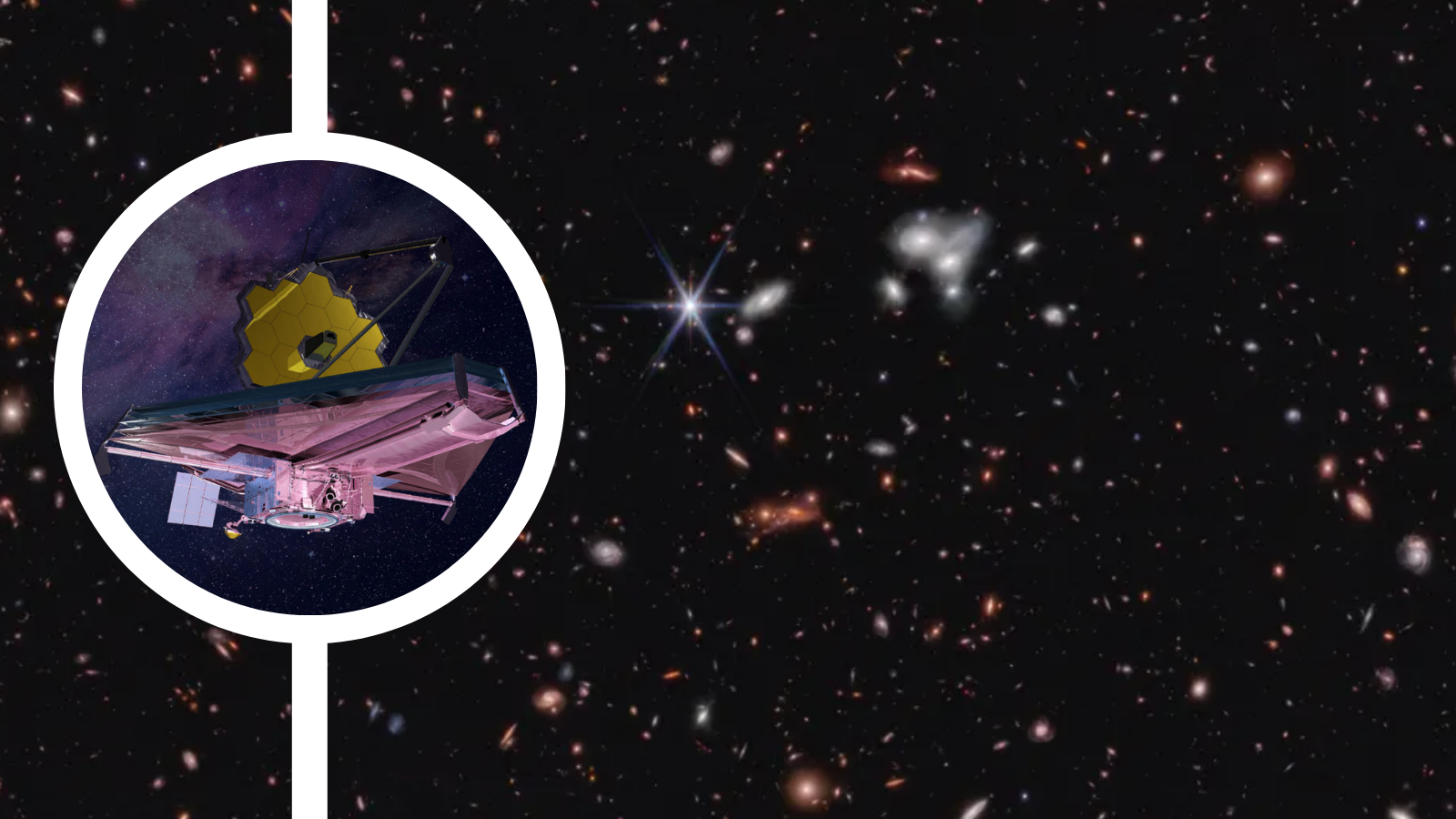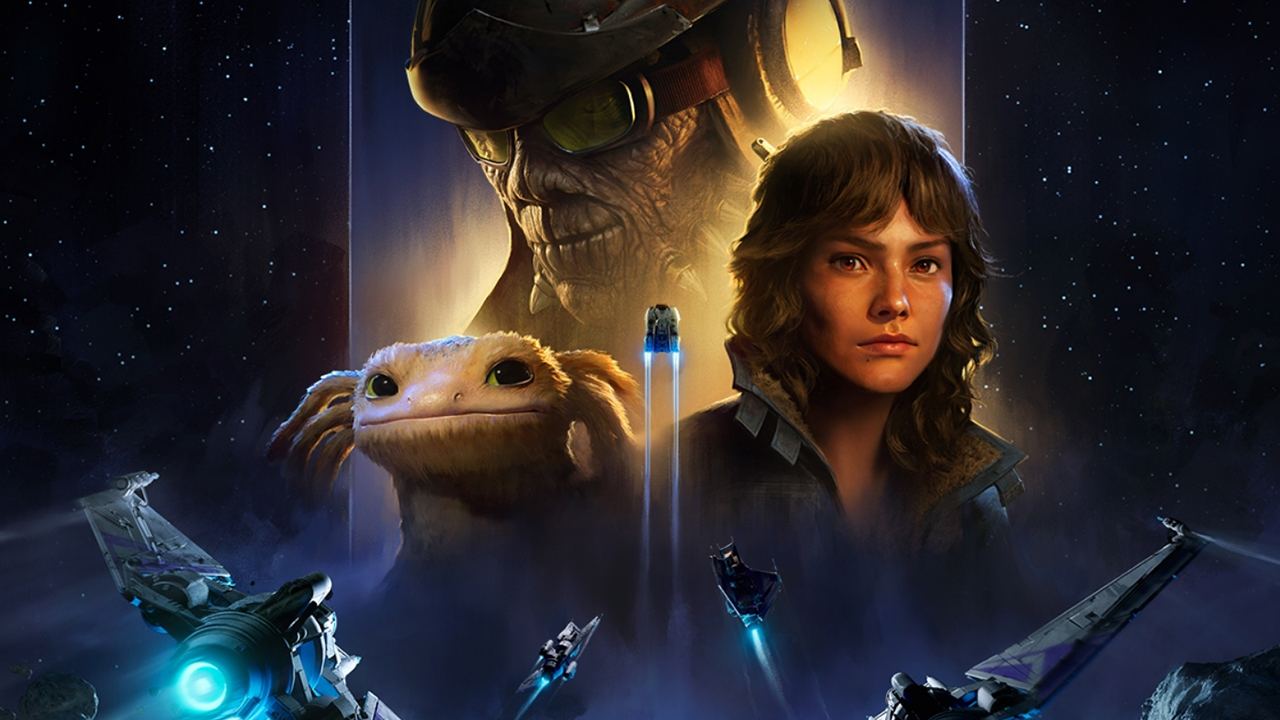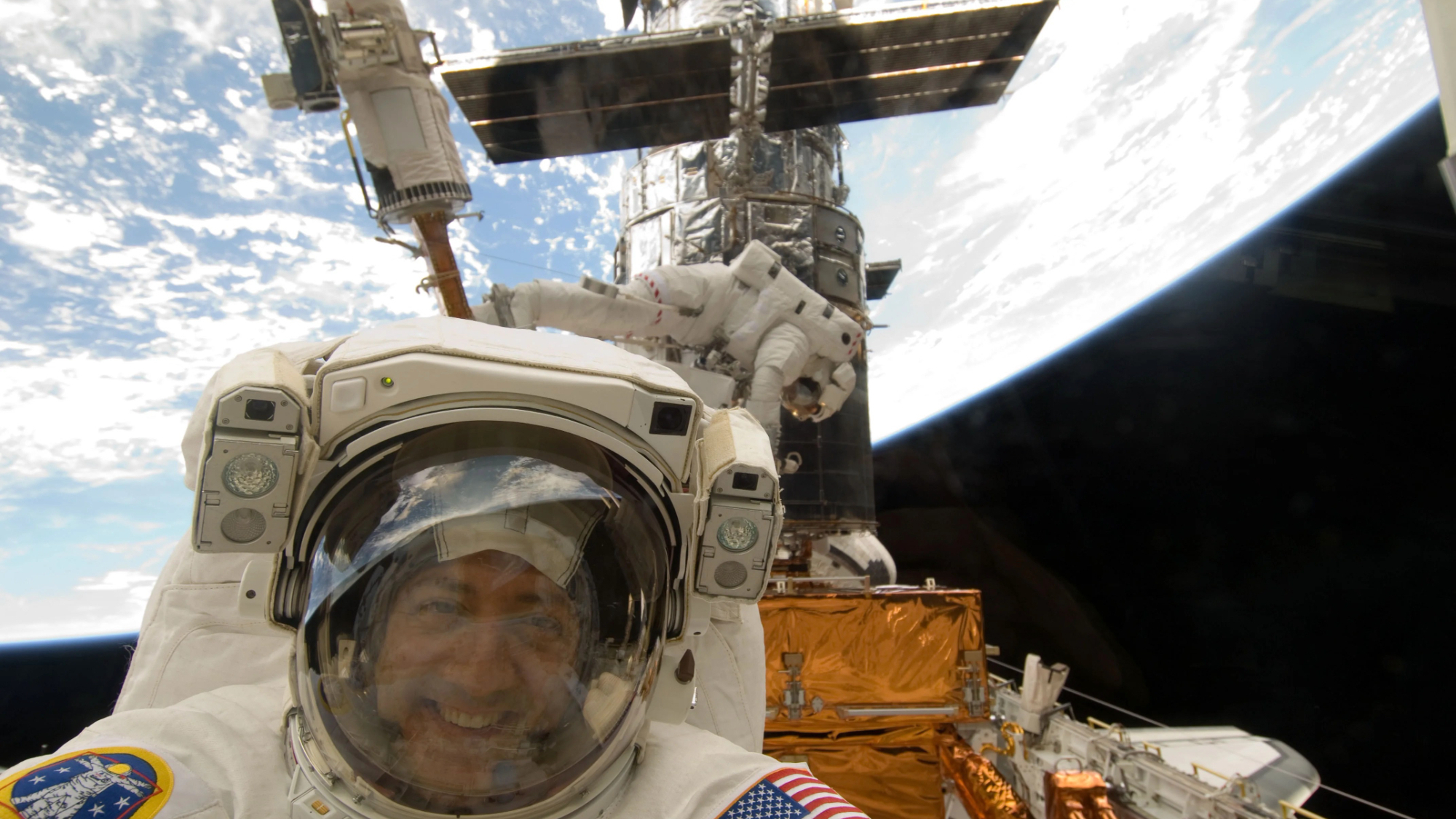Holding Hubble History: Artifacts Preserve Space Telescope's 25-Year Legacy
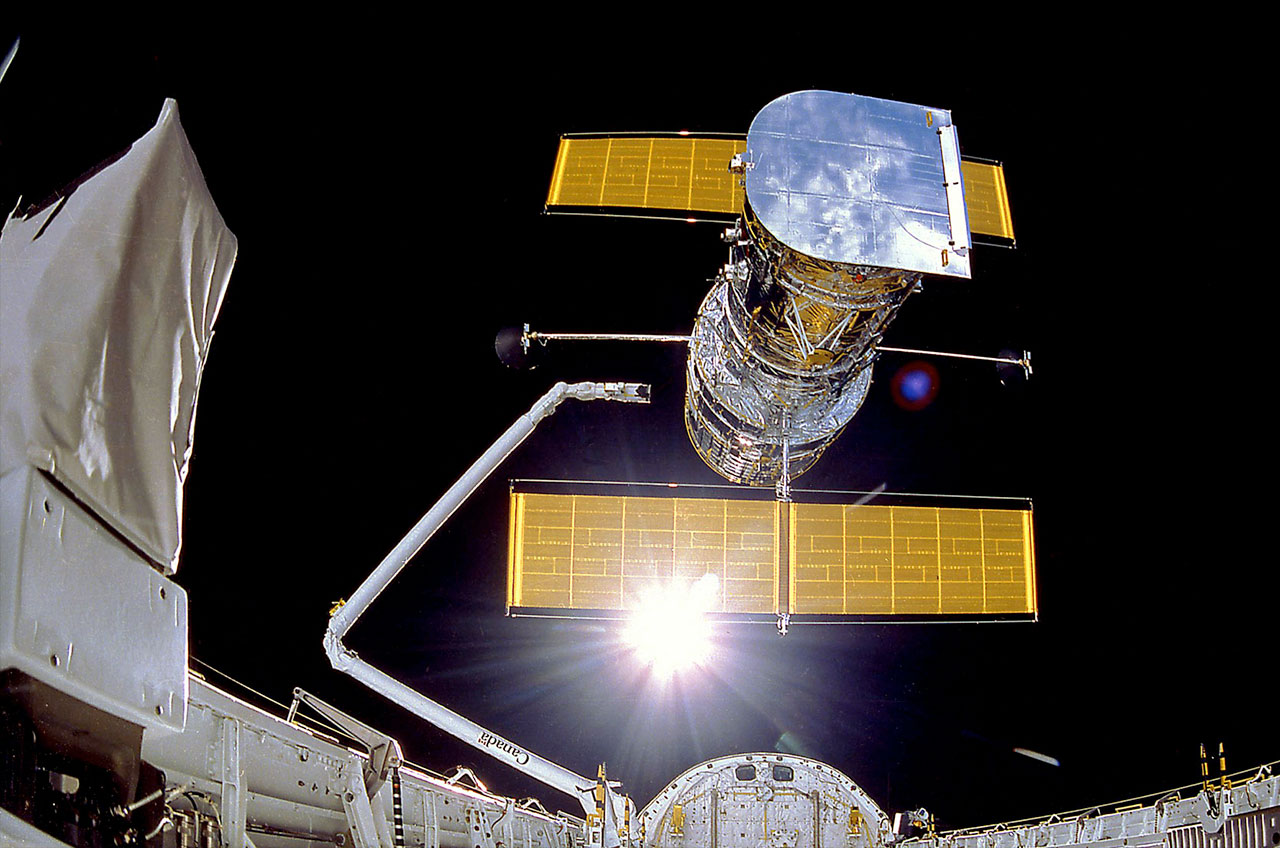
The Hubble Space Telescope, launched 25 years ago today (April 24), will never land in a museum.
The world's most famous astronomical observatory, which since 1990 has made more than 1.2 million observations while traveling more than 3 billion miles (4.8 billion kilometers) orbiting the Earth, lost its ride home when NASA's space shuttle program ended in 2011.
Hubble is expected to operate for at least another five years. After that, NASA still needs to determine if it will launch a mission to boost or "de-orbit" it — the latter destroying Hubble during a directed plunge back to the Earth over an ocean. If left solely to atmospheric drag, Hubble is now expected to re-enter the atmosphere sometime in the late 2030s. [The Hubble Space Telescope: A 25th Anniversary Photo Celebration]
But that doesn't mean all of Hubble's history will be lost.
Although the telescope itself won't be preserved on Earth, Hubble's legacy will live on in the artifacts from its quarter-century (and more) transforming our understanding of the universe, as well as our regard for a scientific instrument.
Hands on Hubble
The Hubble Space Telescope may have never made the history it has were it not for a critical flaw in its design.
As is now a well-told chapter of Hubble's past, within just weeks of the telescope being deployed from the space shuttle Discovery on April 25, 1990, it was found that its primary mirror had a spherical aberration; its outer edge had been ground too flat. And though the difference was just one-fiftieth the thickness of a human hair, it resulted in enough light being scattered that the space telescope's promised crystal-clear images were fuzzy.
Get the Space.com Newsletter
Breaking space news, the latest updates on rocket launches, skywatching events and more!
Fortunately, Hubble had a feature unlike any other space observatory: it was designed to be serviced by astronauts. Three and a half years after its launch, the first of five space shuttle crews to visit and upgrade Hubble arrived with a set of corrective lenses, allowing the telescope to achieve its unprecedented view of the solar system and beyond.
The four shuttle servicing missions that followed between 1997 and 2009 replaced parts and instruments, extending not just the life but the capability of Hubble.
In addition to delivering new components, those missions also brought back to Earth pieces of Hubble itself. On the first servicing flight in 1993, in addition to correcting the mirror, the astronauts also replaced the observatory's solar panels.
One of the solar arrays was jettisoned, but the other was returned for analysis, and cells from it are now on display in museums. Other solar cells were embedded in acrylic and gifted to Hubble team members as mementos.
On later missions, torn and damaged insulation from the outside of Hubble was also collected and brought back to Earth. Divided into small sections, the insulation was also encased in lucite and presented as awards.
The most significant parts of Hubble's history, its replaced astronomical instruments, are now helping to preserve the space telescope's past on public display.
In 2009, just a few months after the final servicing mission to Hubble, NASA donated two of the observatory's most famous instruments to the Smithsonian's National Air and Space Museum in Washington, DC. Exhibited alongside a full-size engineering model of the space telescope since last April, Hubble's "contact lenses" — the COSTAR, or Corrective Optics Space Telescope Axial Replacement — and its Wide Field and Planetary Camera 2 (WFPC2) now educate the public about the role of the observatory, while also providing a sense of scale for the spacecraft.
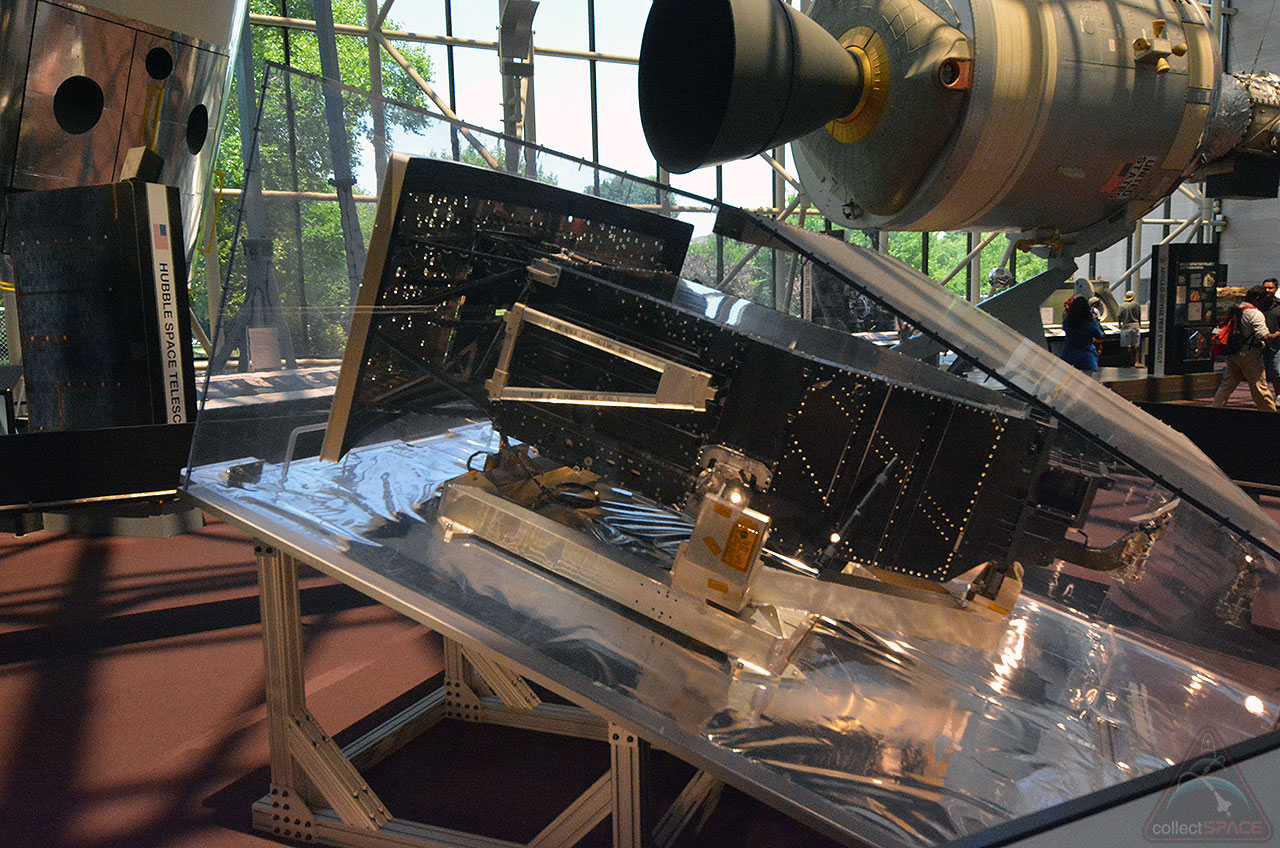
Image artifacts
The Hubble Space Telescope's greatest historical artifacts, though, may be its images, many of which have gained iconic status over the past 25 years.
From the Eagle nebula and its "Pillars of Creation" to the "Deep Field" view of a myriad of distant galaxies, Hubble's images have changed the way we look at the universe and embedded themselves in our culture. Gracing postage stamps to book covers, art canvases to film scenes, Hubble's quarter-century of observations are a testament to why the space telescope stands out among humanity's scientific and space achievements.
"The Hubble has completely transformed our view of the universe, revealing the true beauty and richness of the cosmos," said John Grunsfeld, NASA's science mission chief and a three-time astronaut visitor to Hubble.
Hubble's images are taking on new dimensions, too. In addition to being rendered as animations to allow virtual fly-throughs, the images are being adapted so they can be 3D-printed, creating a tangible artifact of the observations and adding depth to the stunning vistas they capture.
Click through to collectSPACE to see photos of more Hubble Space Telescope artifacts.
Follow collectSPACE.com on Facebook and on Twitter at @collectSPACE. Copyright 2015 collectSPACE.com. All rights reserved.
Join our Space Forums to keep talking space on the latest missions, night sky and more! And if you have a news tip, correction or comment, let us know at: community@space.com.

Robert Pearlman is a space historian, journalist and the founder and editor of collectSPACE.com, a daily news publication and community devoted to space history with a particular focus on how and where space exploration intersects with pop culture. Pearlman is also a contributing writer for Space.com and co-author of "Space Stations: The Art, Science, and Reality of Working in Space” published by Smithsonian Books in 2018.In 2009, he was inducted into the U.S. Space Camp Hall of Fame in Huntsville, Alabama. In 2021, he was honored by the American Astronautical Society with the Ordway Award for Sustained Excellence in Spaceflight History. In 2023, the National Space Club Florida Committee recognized Pearlman with the Kolcum News and Communications Award for excellence in telling the space story along the Space Coast and throughout the world.





